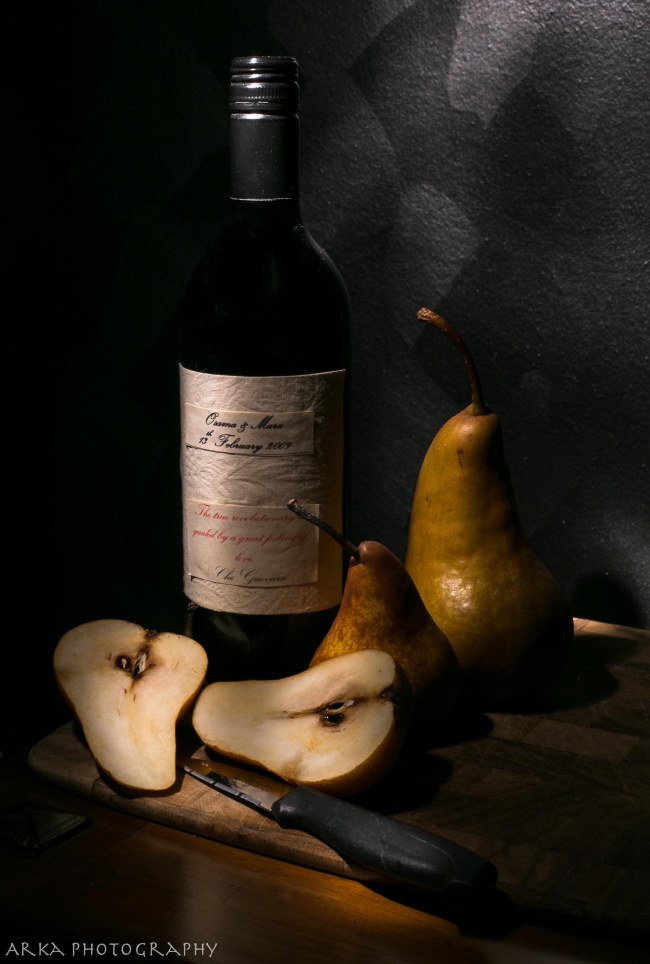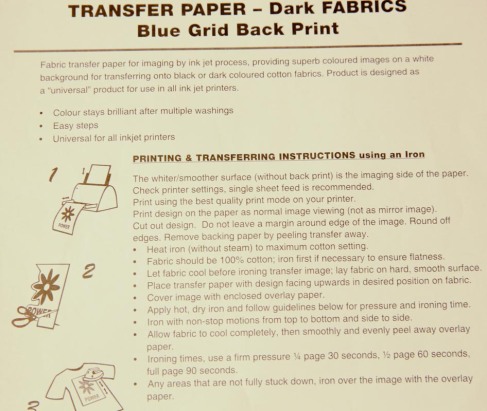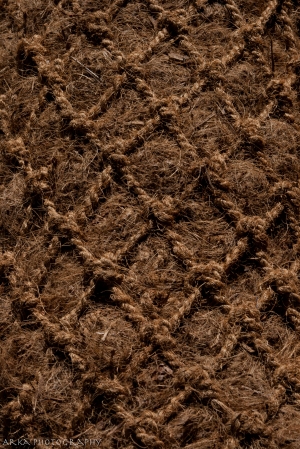Surrealism was officially launched as a movement with the publication of poet André Breton’s first Manifesto of Surrealism in 1924. The Surrealists did not rely on reasoned analysis or sober calculation; on the contrary, they saw the forces of reason blocking the access routes to the imagination. Their efforts to tap the creative powers of the unconscious set Breton and his companions on a path that carried them through the territory of dreams, intoxication, chance, sexual ecstasy, and madness. The images obtained by such means, whether visual or literary, were prized precisely to the degree that they captured these moments of psychic intensity in provocative forms of unrestrained, convulsive beauty.
Photography came to occupy a central role in Surrealist activity. In the works of Man Ray (2005.100.141) and Maurice Tabard (1987.1100.141), the use of such procedures as double exposure, combination printing, montage, and solarization dramatically evoked the union of dream and reality. Other photographers used techniques such as rotation (1987.1100.49) or distortion (1987.1100.321) to render their images uncanny. Hans Bellmer (1987.1100.15) obsessively photographed the mechanical dolls he fabricated himself, creating strangely sexualized images, while the painter René Magritte (1987.1100.157) used the camera to create photographic equivalents of his paintings. In her close-up photograph of a baby armadillo suspended in formaldehyde, Dora Maar performs a typical Surrealist inversion, making an ugly, or even repulsive subject compelling and bizarrely appealing (2005.100.443).
But the Surrealist understanding of photography turned on more than the medium’s facility in fabricating uncanny images. Just as important was another discovery: even the most prosaic photograph, filtered through the prism of Surrealist sensibility, might easily be dislodged from its usual context and irreverently assigned a new role. Anthropological photographs, ordinary snapshots, movie stills, medical and police photographs—all of these appeared in Surrealist journals like La Révolution Surréaliste and Minotaure, radically divorced from their original purposes.
This impulse to uncover latent Surrealist affinities in popular imagery accounts, in part, for the enthusiasm with which Surrealists embraced Eugène Atget’s photographs of Paris. Published in La Révolution Surréaliste in 1926 at the suggestion of his neighbor, Man Ray, Atget’s images of vanished Paris were understood not as the work of a competent professional or a self-conscious artist but as the spontaneous visions of an urban primitive—the Henri Rousseau of the camera. In Atget’s photographs of the deserted streets of old Paris and of shop windows haunted by elegant mannequins, the Surrealists recognized their own vision of the city as a “dream capital,” an urban labyrinth of memory and desire.
Department of Photographs, The Metropolitan Museum of Art
link http://www.metmuseum.org/toah/hd/phsr/hd_phsr.htm

Artist John7 Doe7
http://neosurrealism.artdigitaldesign.com/modern-artists/?artworks/digital-art/dali-lips.html














 DANCNING WITH ONESELF
DANCNING WITH ONESELF 




